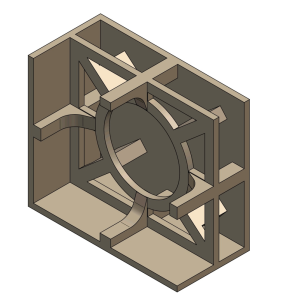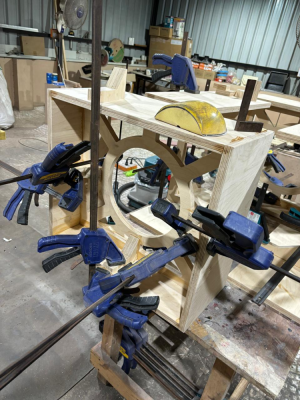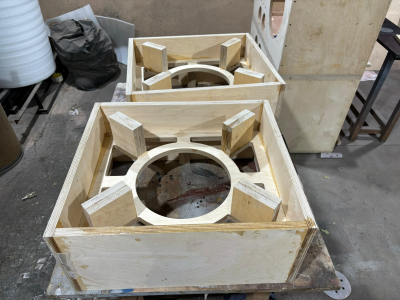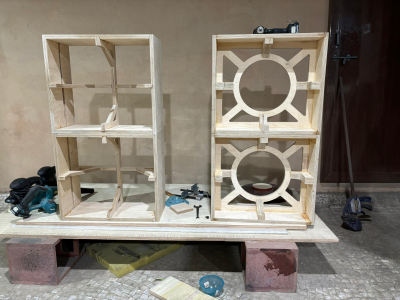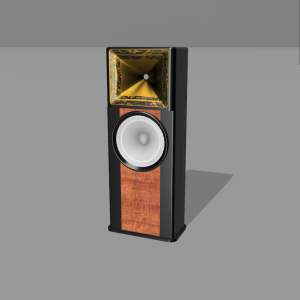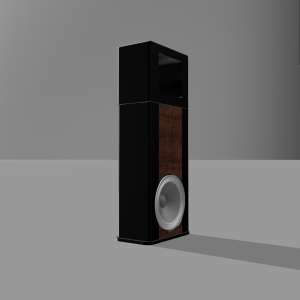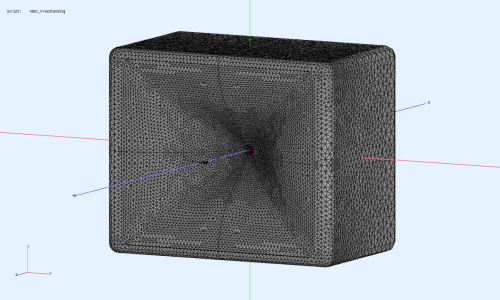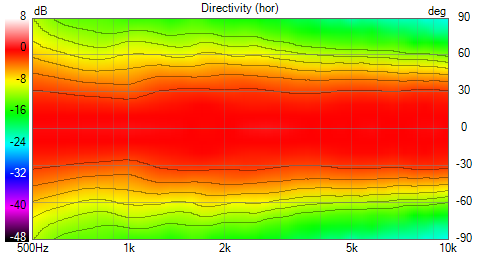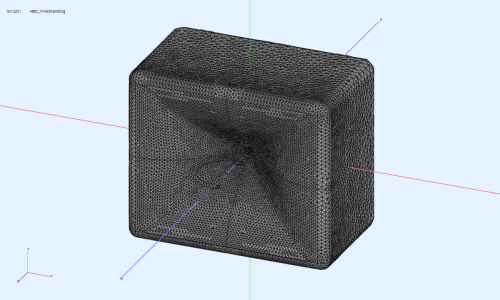Vineethkumar01
Well-Known Member
Oh.. and that last video recording that I uploaded was a YouTube video of the song by Agam playing on my smartphone connected to the system via a DSP capable (for crossover and system-level EQ) Bluetooth amplifier board costing around 6-7k, which drives the whole speaker system 


